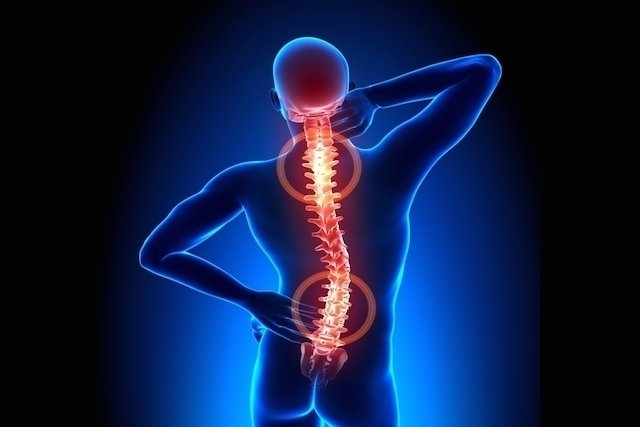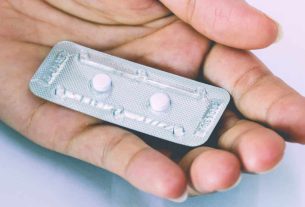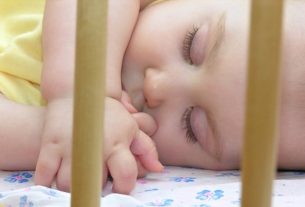Back pain can be caused by poor posture, sedentary lifestyle, obesity, repetitive efforts, stress, but it can also be a consequence of more stressful situations, such as herniated discs, fractures, scoliosis, ankylosing spondylitis or tumors.
Treatment of back pain depends on the type and location of the pain and can be done with anti-inflammatory medications or muscle relaxants, physiotherapy or hydrotherapy and, in the most serious cases, surgery. In milder situations, changes in lifestyle habits such as light physical activity, relaxation and weight loss can often alleviate symptoms.
Back pain should never be ignored and only an orthopedic doctor can make the diagnosis and recommend the most appropriate treatment. It is important not to do any physical exercise without first consulting a doctor.

Main causes
The main causes of back pain are:
1. Pelvic imbalance
The pelvis is the structure that connects the trunk to the lower limbs, and is very important for postural balance. Any imbalance in the pelvis, such as muscle weakness and differences in the size of the lower limbs, can generate instability in the muscles and cause poor posture, leading to spinal injuries, back pain or herniated discs.
The most common causes for pelvic imbalance are shortening of the pelvic muscles, overweight and obesity, and also pregnancy.
What to do: In the case of pelvic imbalance, the best treatment is prevention by strengthening the pelvic muscles. Therefore, stretching and pilates, or even insoles, are recommended. In the case of acute pain, physiotherapy or hydrotherapy are recommended to strengthen muscles and reduce pain, and the use of analgesics and anti-inflammatories may also be recommended.
2. Sedentary lifestyle
A sedentary lifestyle can cause back pain due to weakening of the abdominal, pelvic and back muscles and is generally associated with lower back pain.
What to do: It is important to move your body to strengthen your back muscles. Therefore, physical exercises aimed at working the muscles are recommended, such as swimming, RPG (Global Postural Recovery), pilates, stretching or yoga. See 5 tips to combat a sedentary lifestyle.
3. Obesity
Obesity and being overweight are major causes of back pain. The pain occurs due to weight overload on the vertebrae of the spine and also on joints such as knees and hips. Furthermore, obesity causes inflammatory processes throughout the body, degeneration of vertebral discs and reduces blood flow in the spine due to atherosclerosis. In this case, back pain is generally associated with lower back pain.
What to do: In the case of obesity, it is recommended to consult an orthopedic doctor for the use of medications such as anti-inflammatories and physiotherapy to reduce pain. Furthermore, losing weight is essential for the health of the spine and the body as a whole, and for this reason, it is recommended that you consult a nutritionist and endocrinologist. Check out a diet to lose weight quickly and healthy.
4. Wrong posture
Correct posture allows balance between muscles and bones, when this does not happen, structural changes can occur in the spine and also stiffening of the joints and shortening of the muscles. Poor posture can cause lower back pain, mid-back pain and neck pain. Learn more about the pain caused by poor posture.
What to do: In this case, it is best to try to maintain the best posture possible during everyday activities. When carrying out domestic activities, it is important to avoid working with your torso completely inclined. When working, it is recommended to keep your forearms supported on the table, sit correctly, keeping your feet flat on the floor and your spine straight. When sleeping, you should lie on your side and place a pillow over your head and another between your legs. Check out 5 tips for achieving the correct posture.
5. Repetitive efforts
Work that requires very intense repetitive physical effort can cause muscle tension or injuries, causing back pain in the region related to the area of effort. Some professions pose a greater risk of back pain due to repetitive strain, such as construction workers, mechanics and nurses, for example.
What to do: The ideal is to avoid carrying very heavy weights. If this is not possible, you should share the weight, use a cart or ask a colleague for help. Stretching before starting work is also important because it helps prepare your muscles for work. Check out the best stretches for back pain.
6. Excessive stress
Stress is a physical and emotional way of reacting to everyday events. In situations of excess stress, the body releases hormones into the bloodstream, such as cortisol, which can cause muscle stiffness or tension. Thus, back pain, especially in the lower back, may be related to stress.
What to do: It is important to have a medical evaluation to eliminate other causes of pain. Furthermore, consultation with a psychologist can help identify and resolve the cause of stress. Trying to do activities that give you pleasure such as walking, painting, yoga, for example, help reduce stress. Check out 7 tips for controlling stress.
7. Fibromyalgia
Fibromyalgia is a chronic pain condition in which a person has increased sensitivity to pain in various parts of the body. There is no specific cause, however, some conditions such as stress and poor sleep quality can trigger fibromyalgia, causing muscle stiffness, which is one of the causes of back pain that can occur in any region of the spine.
What to do: The treatment of fibromyalgia must be carried out with antidepressants and analgesics prescribed by the doctor. In acute cases of pain, physiotherapy helps to relax muscles and control pain. Changes in lifestyle habits, such as having a balanced diet and practicing physical activities recommended by your doctor or physical educator, can reduce stress and improve sleep, which helps prevent the onset of pain. Learn more about fibromyalgia and how to alleviate symptoms.
8. Herniated disc
A herniated disc occurs when the lining of a spinal disc suffers damage such as rupture, causing pain in the spine. When this occurs, the contents inside the vertebral disc can leak and cause nerve compression, which leads to pain in the legs or arms, depending on the affected region. Herniated discs are most common in the lower back, but can also occur in the neck region. Learn more about herniated discs.
What to do: Symptoms of a herniated disc may disappear within 1 to 3 months. However, pain can be controlled with analgesics and anti-inflammatories prescribed by the doctor, physiotherapy, osteopathy and exercises recommended by the physiotherapist to realign the spine and strengthen the muscles. Although rarely recommended, in some more serious cases, surgery may be necessary.
9. Ankylosing spondylitis
Ankylosing spondylitis is an inflammation of the spine, large joints and fingers and toes. It is a form of spinal arthritis that is more common in men than women. Back pain is usually worse at night and in the morning, due to stiffness in the spinal muscles.
What to do: You should consult an orthopedist or rheumatologist to start the most appropriate treatment, which is usually done with anti-inflammatories, analgesics and muscle relaxants, as well as rehabilitation techniques that improve mobility and help control pain. See how ankylosing spondylitis is treated.
10. Scoliosis, kyphosis or lordosis
Scoliosis is the abnormal curvature of the spine that usually occurs in childhood and, when undiagnosed and untreated, can cause back pain.
Kyphosis is the arching of the spine, also known as a hunchback. Some factors can cause kyphosis, such as carrying excessive weight, poor posture, excessive physical exercise and excessive use of cell phones. Additionally, osteoporosis, trauma, and tumors can also cause kyphosis.
Lordosis, like kyphosis, is the arching of the spine, but the curvature is towards the inside of the spine. The causes are varied, such as obesity, osteoporosis and infections in the vertebral discs, for example.
What to do: The treatment of scoliosis, kyphosis and lordosis is physiotherapy, RPG or pilates to strengthen the spine and muscles. In some cases, it may be necessary to use orthopedic braces or insoles to keep the spine in the proper position. In cases of acute pain, anti-inflammatories and analgesics prescribed by the doctor can be used.

Sign up for our newsletter and stay up to date with exclusive news
that can transform your routine!
Warning: Undefined array key "title" in /home/storelat/public_html/wp-content/plugins/link-whisper-premium/templates/frontend/related-posts.php on line 12
Warning: Undefined array key "title_tag" in /home/storelat/public_html/wp-content/plugins/link-whisper-premium/templates/frontend/related-posts.php on line 13



